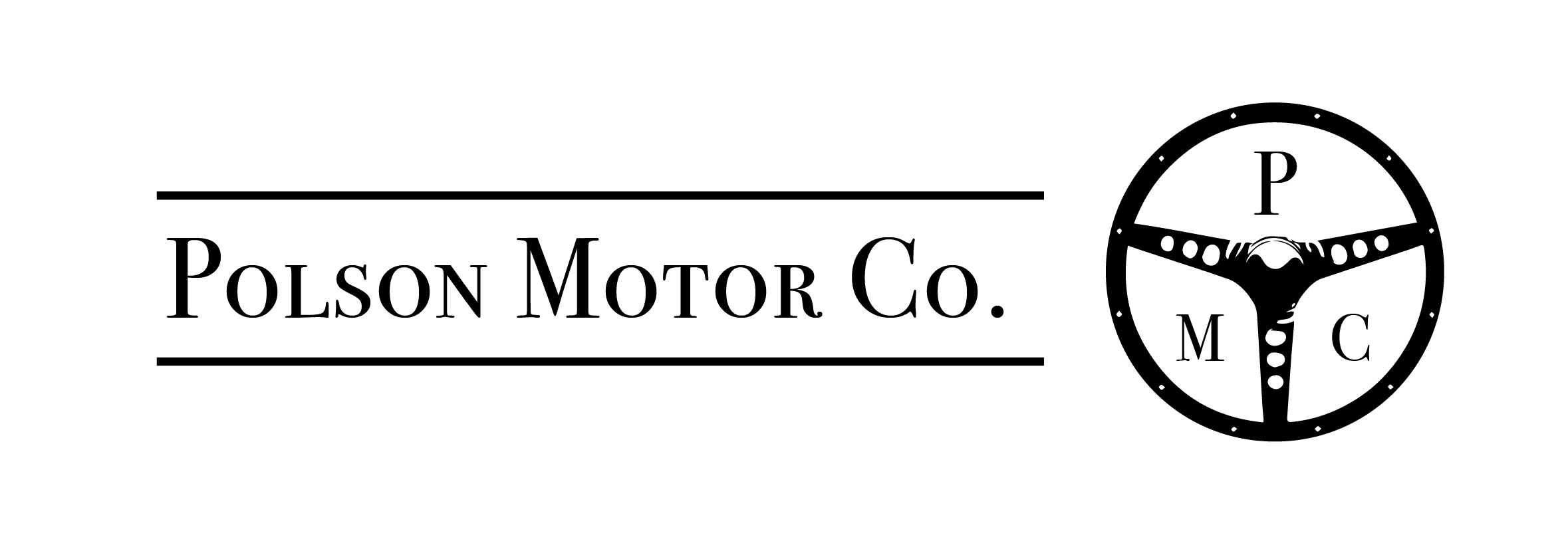1917 Hudson Super Six Racer

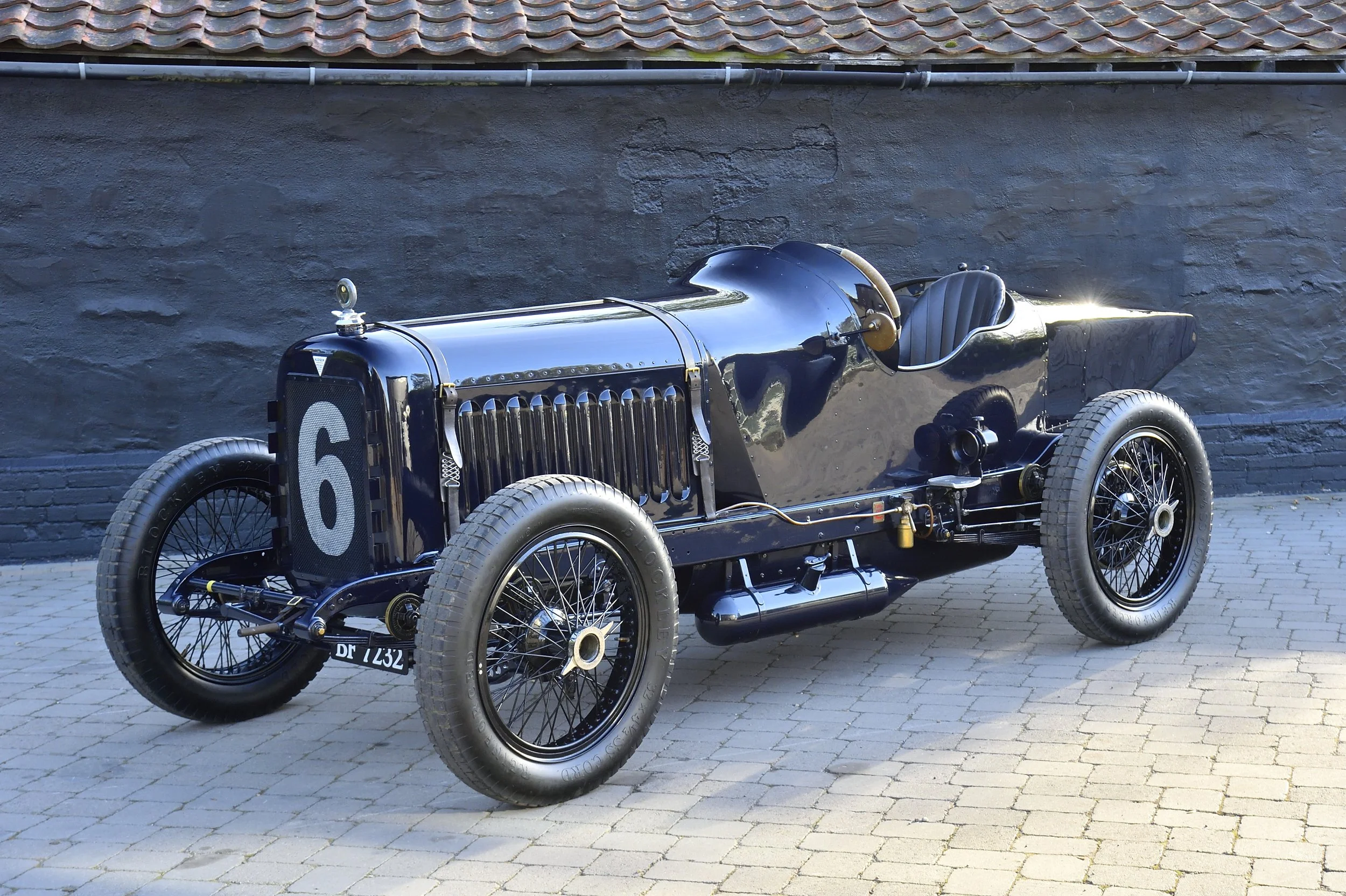
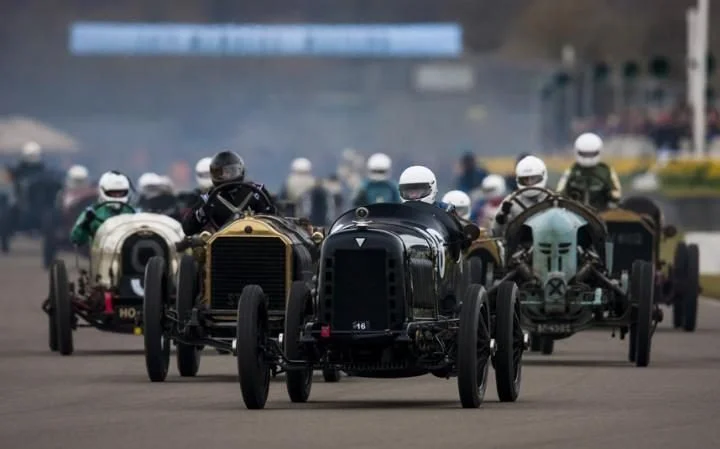
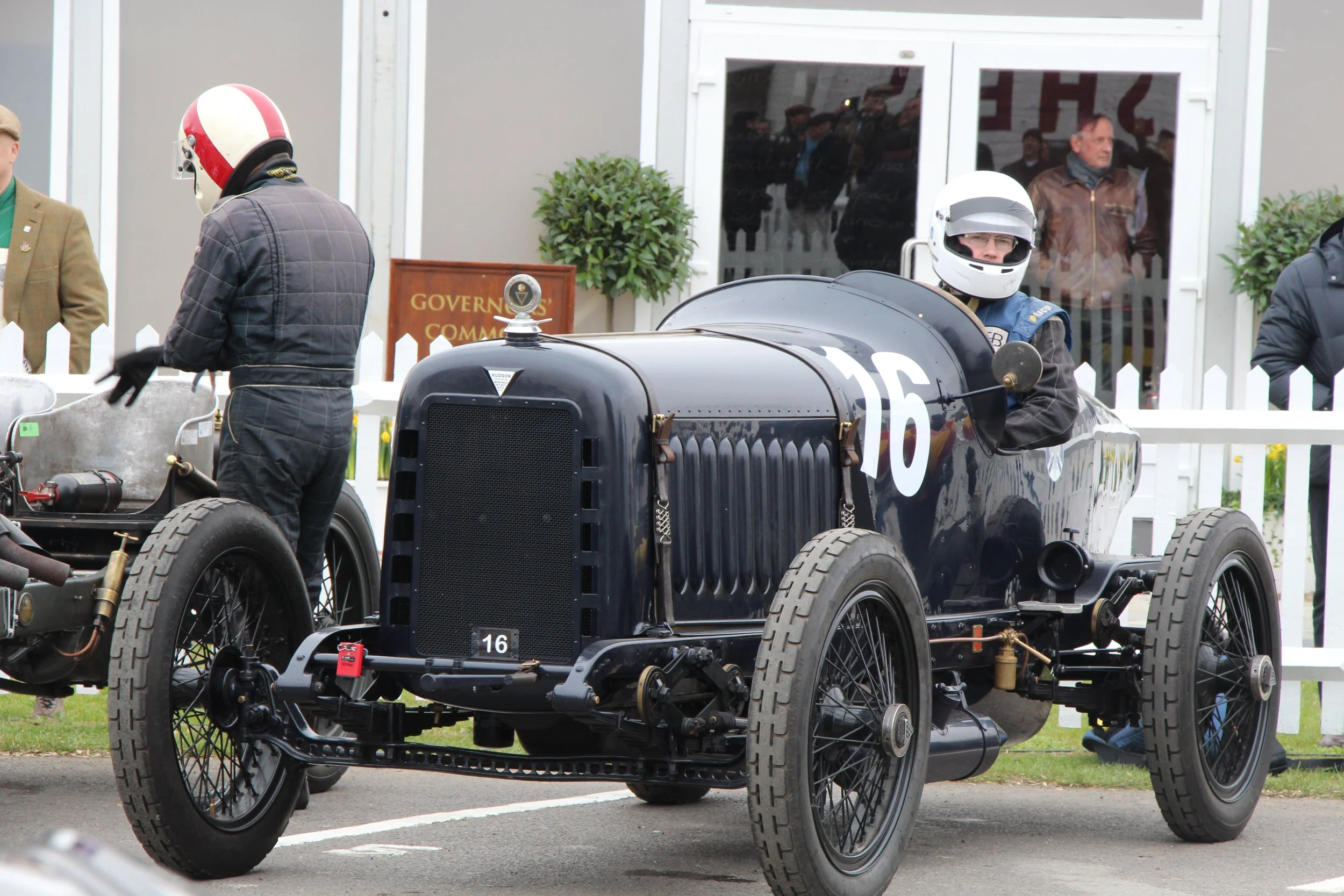

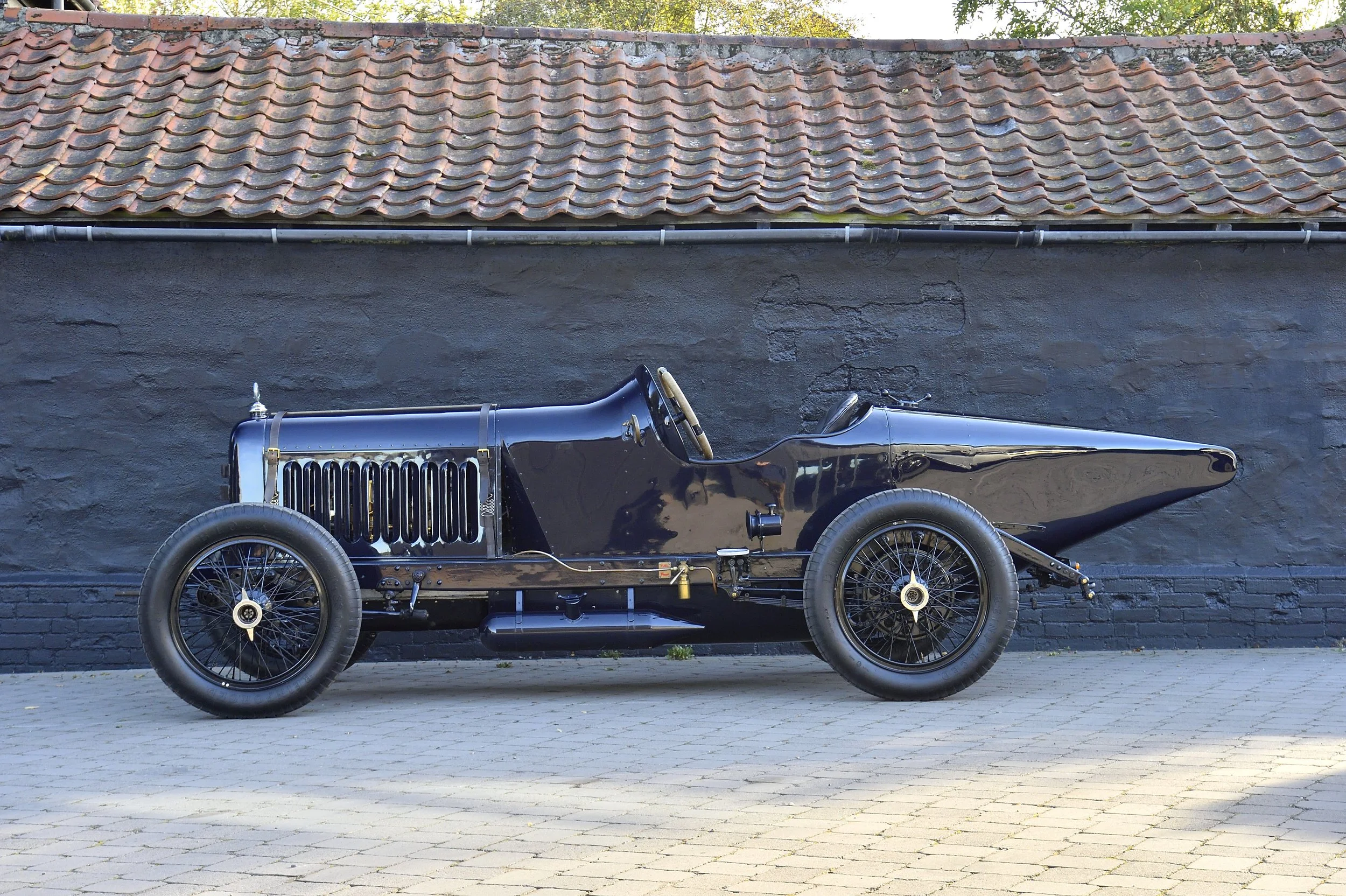


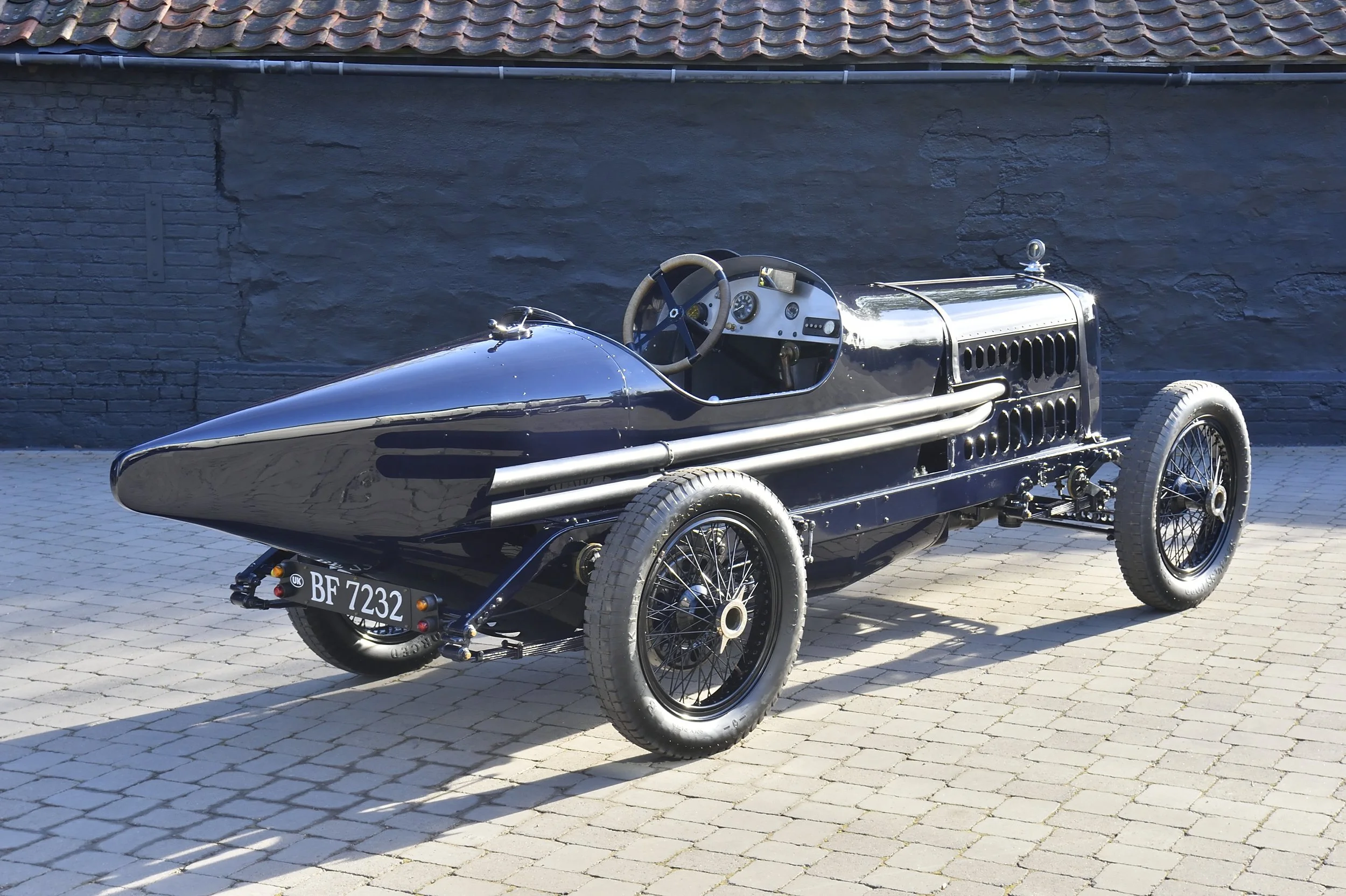
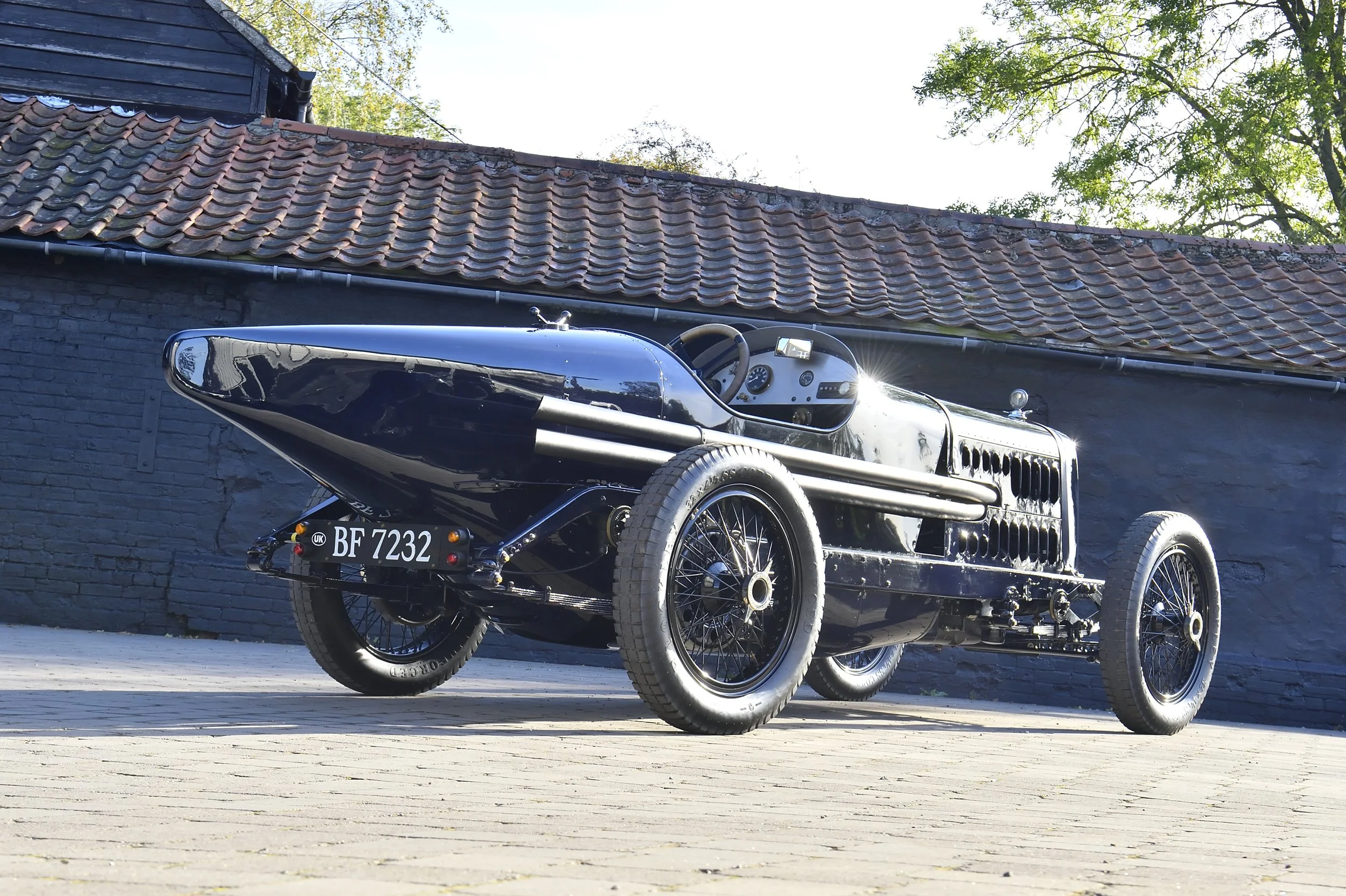




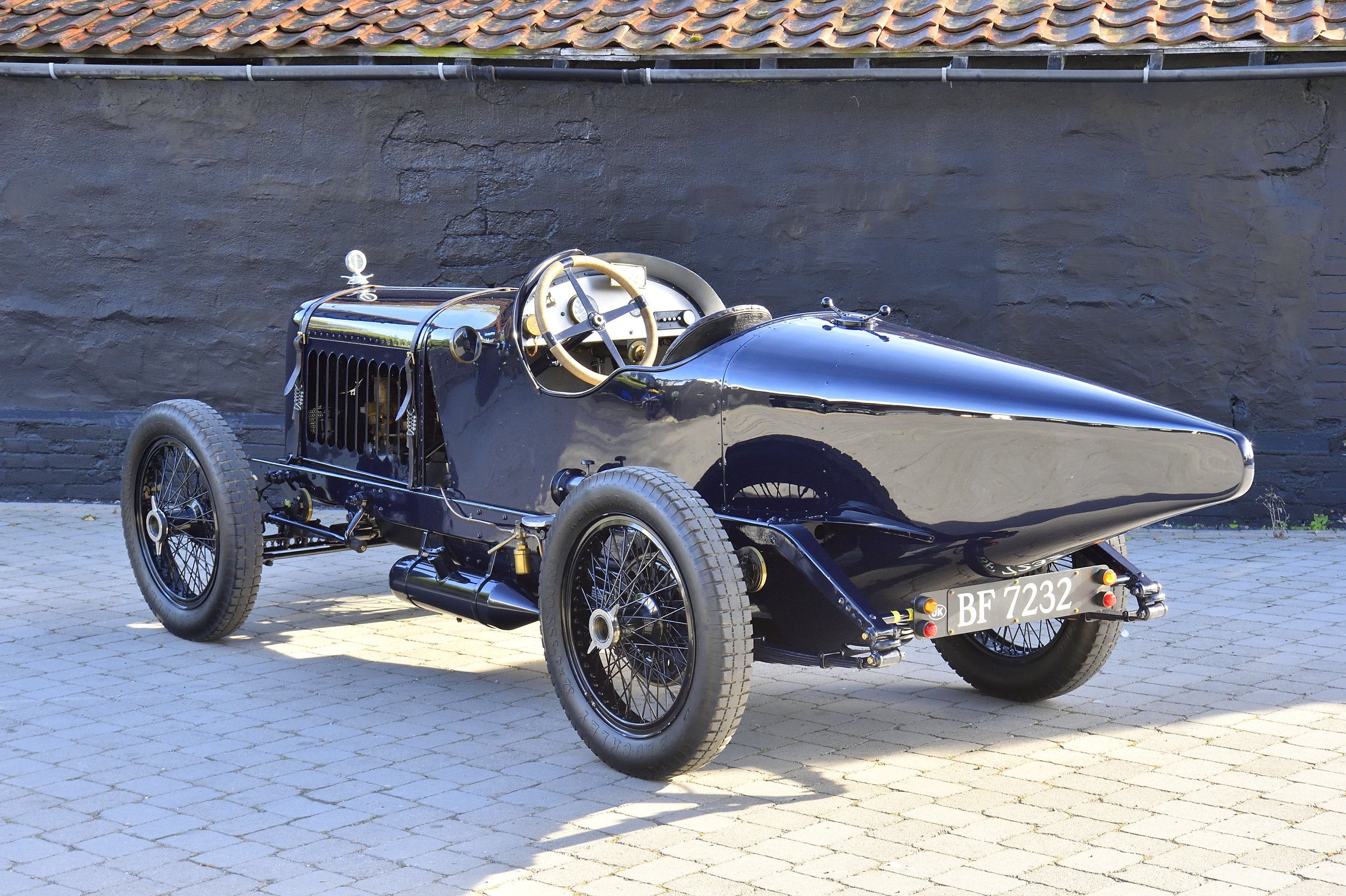
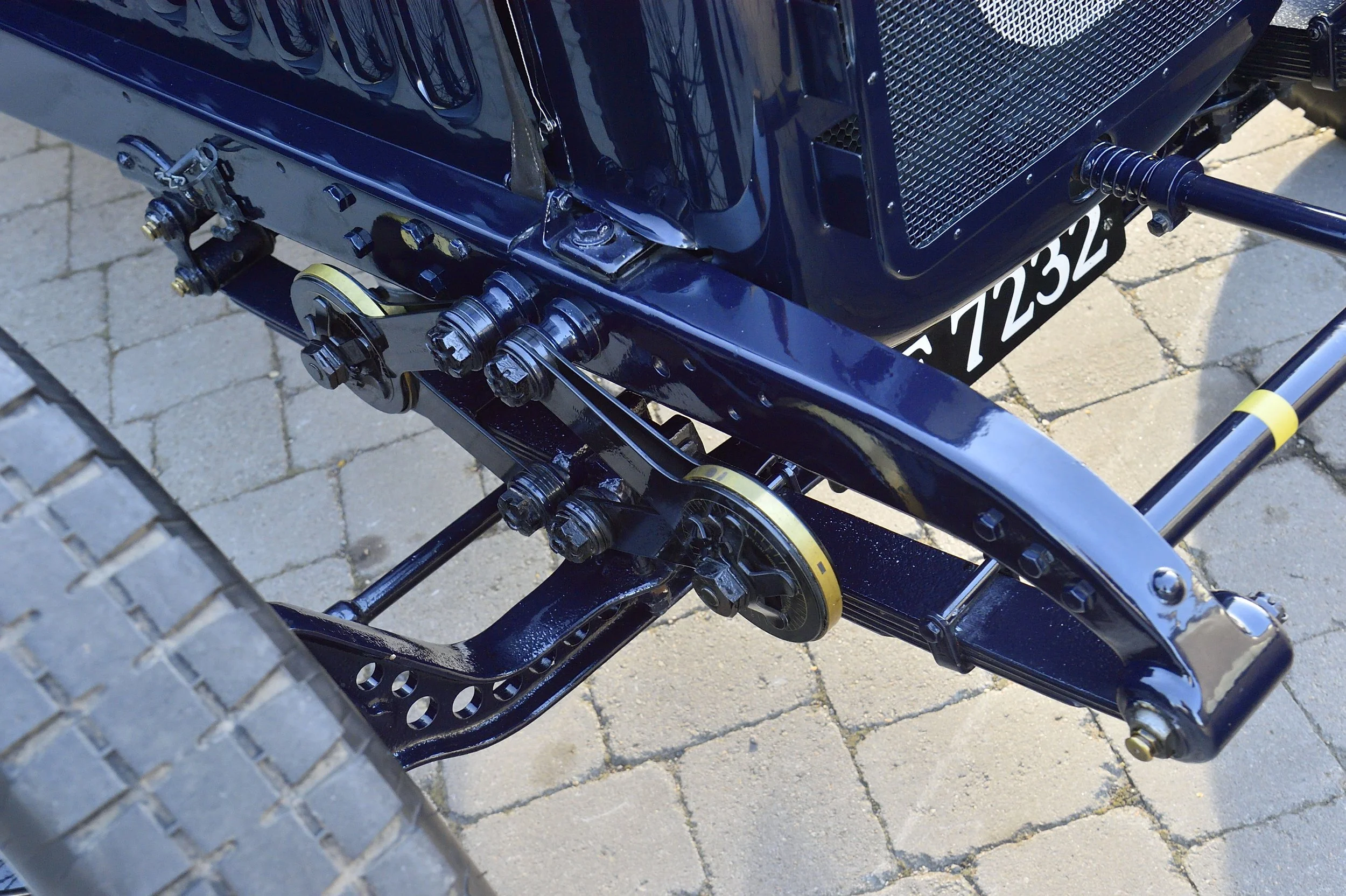


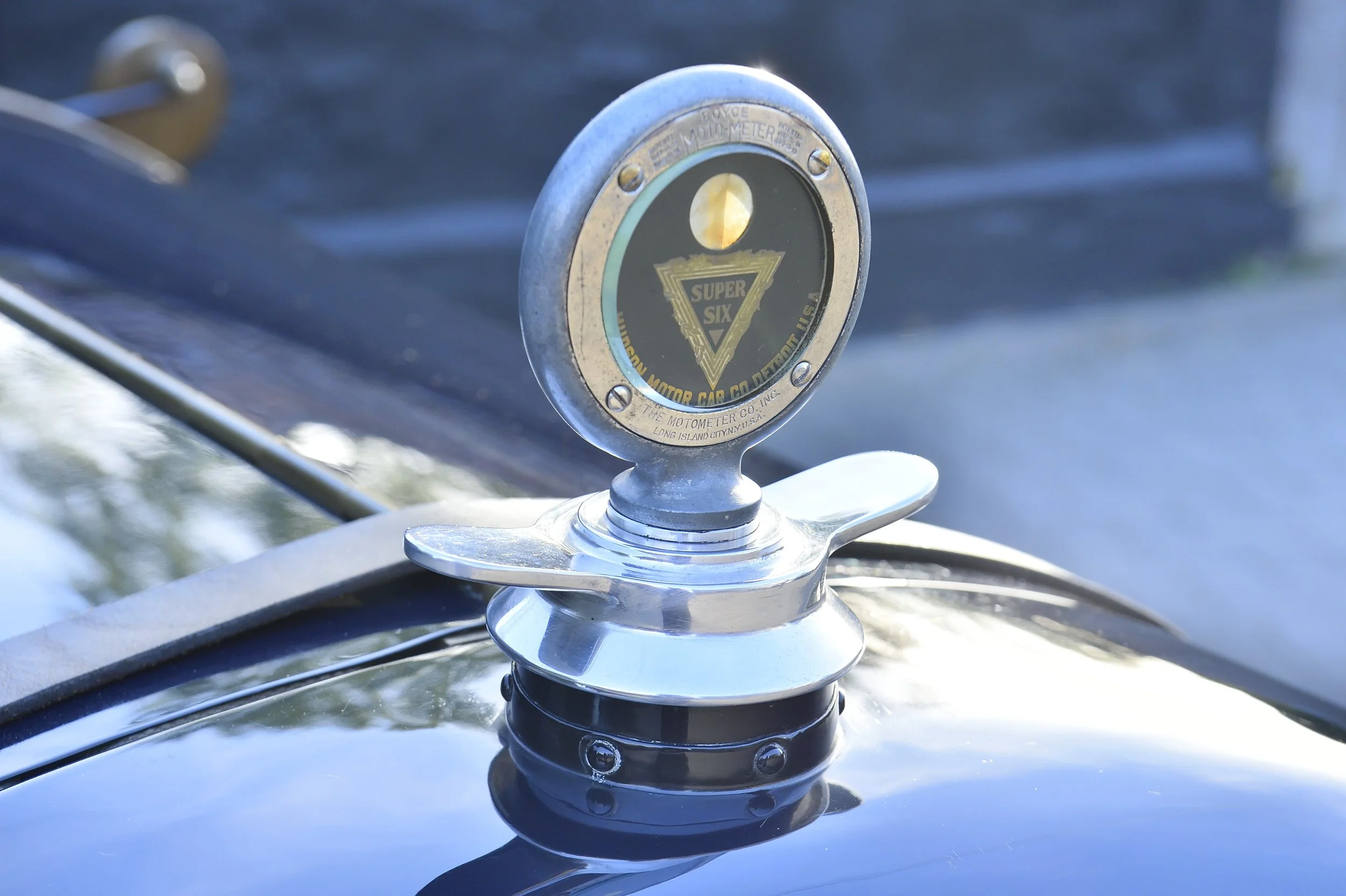


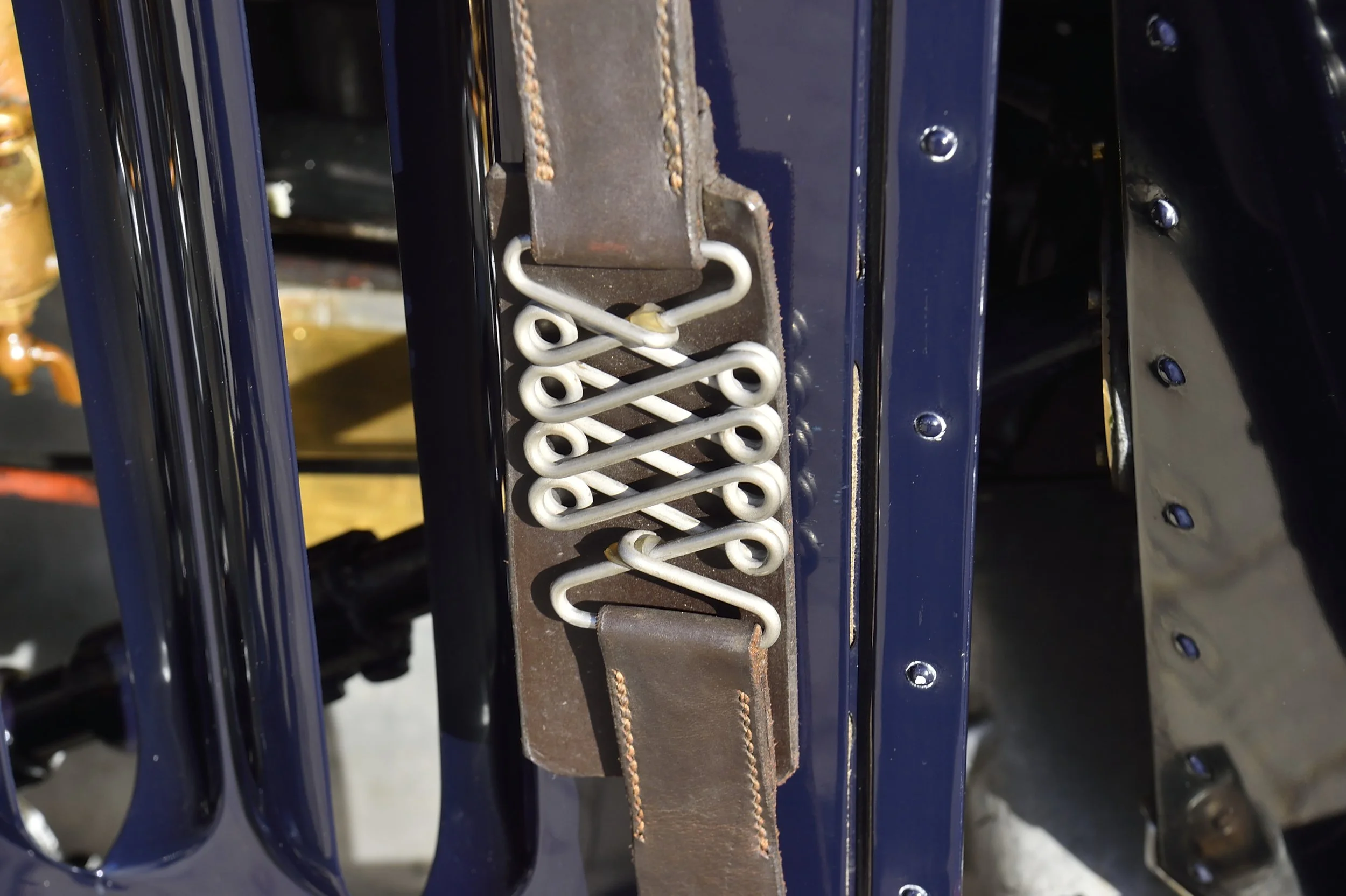
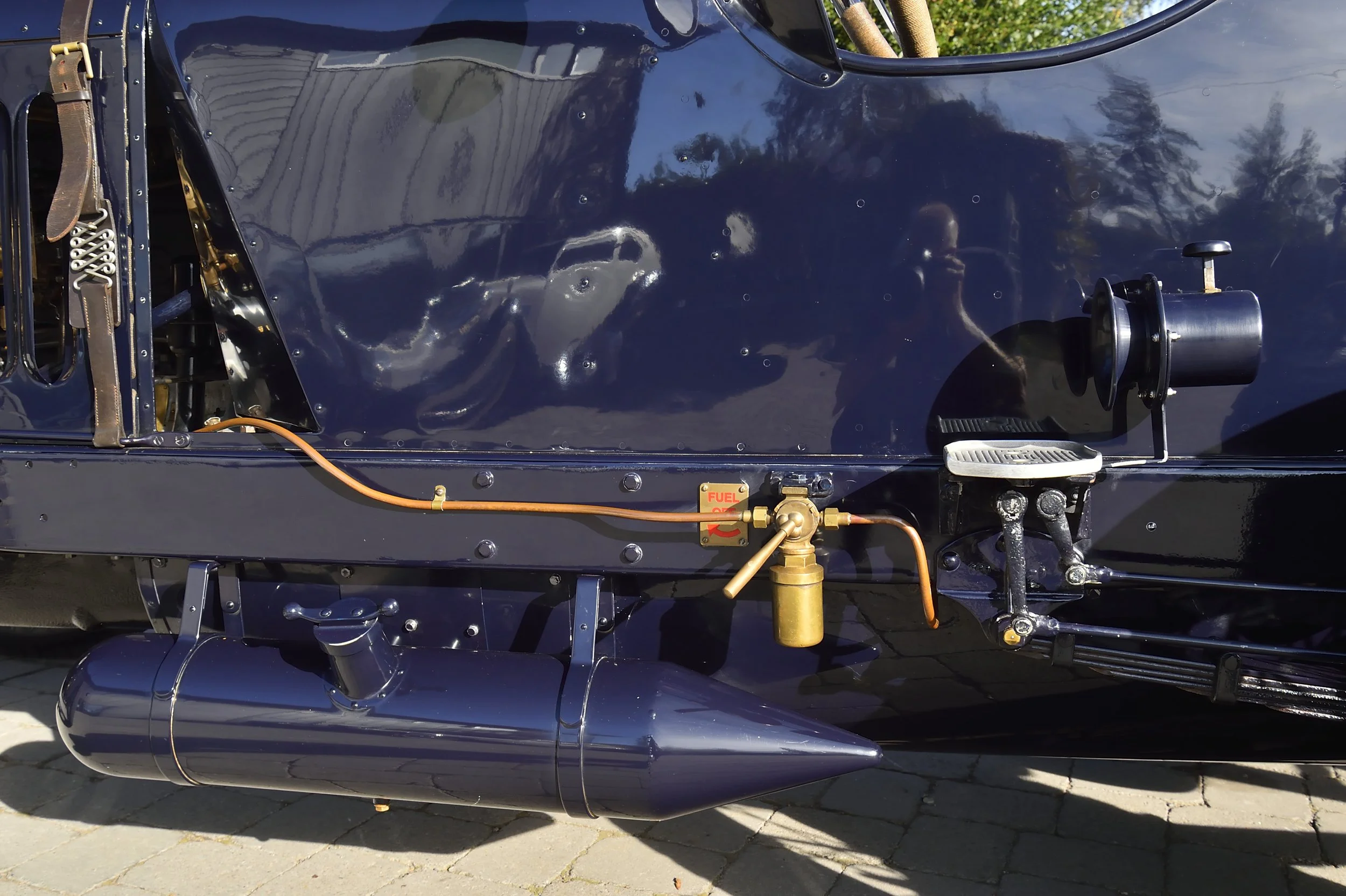
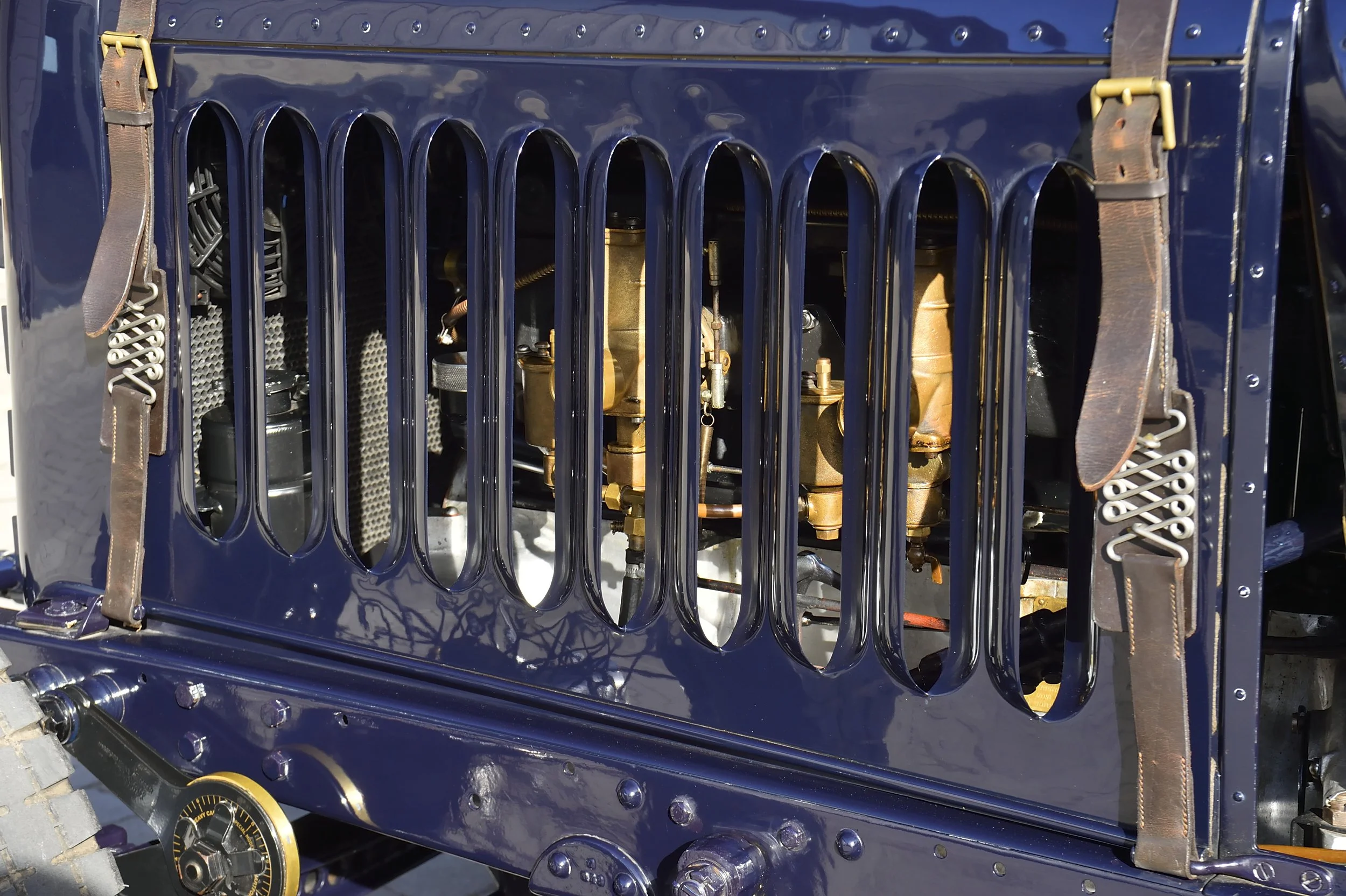





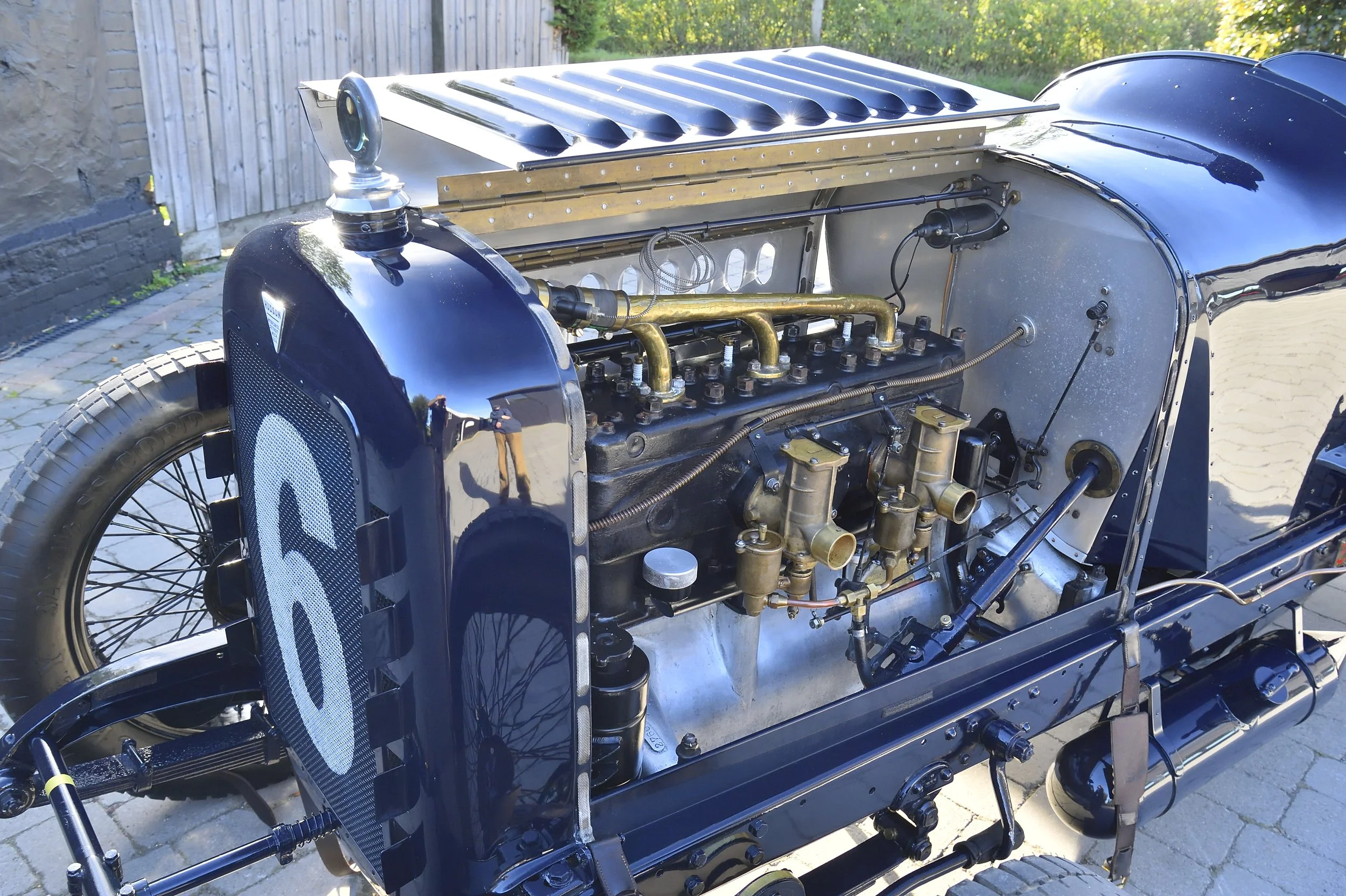
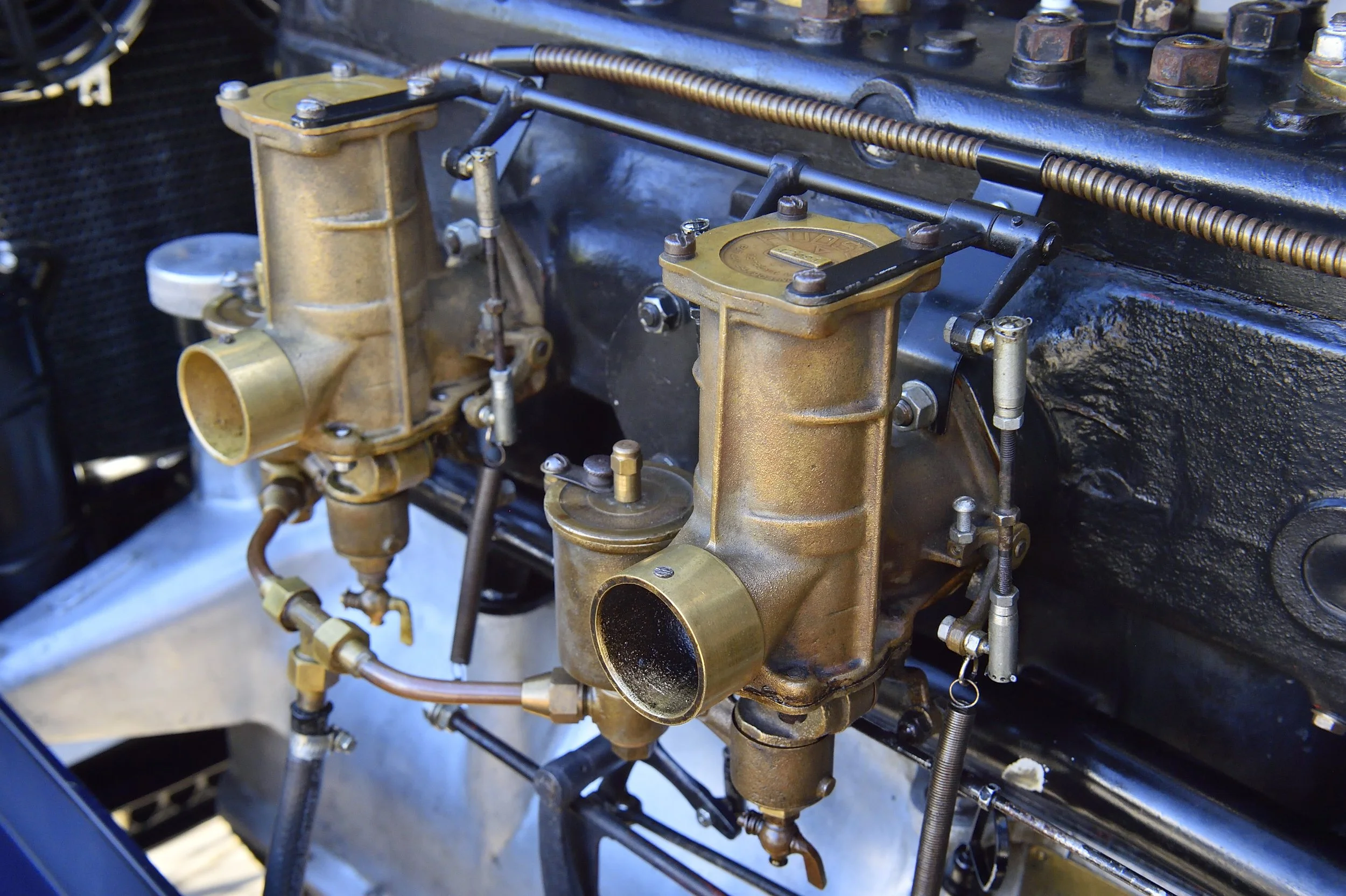

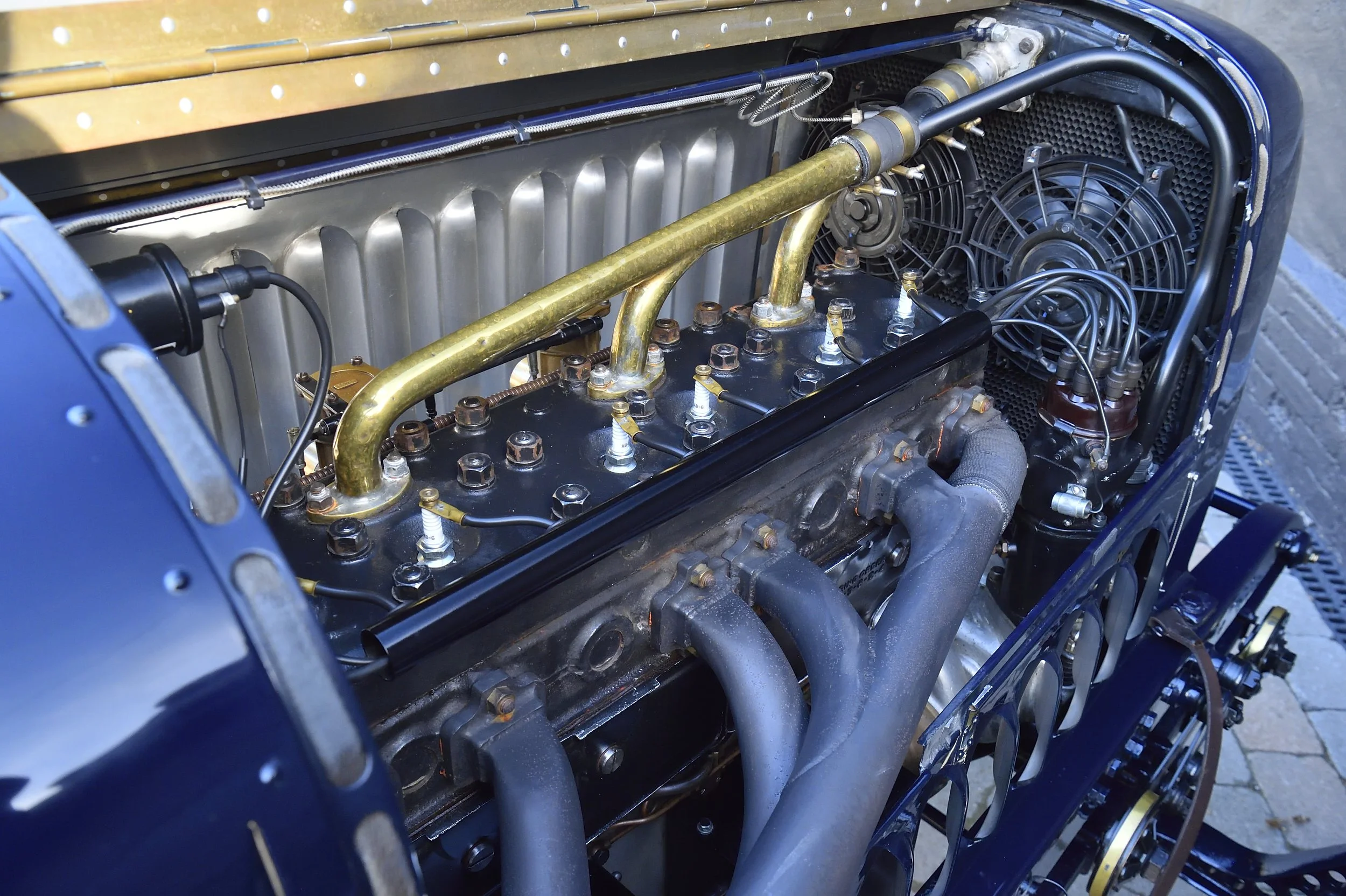



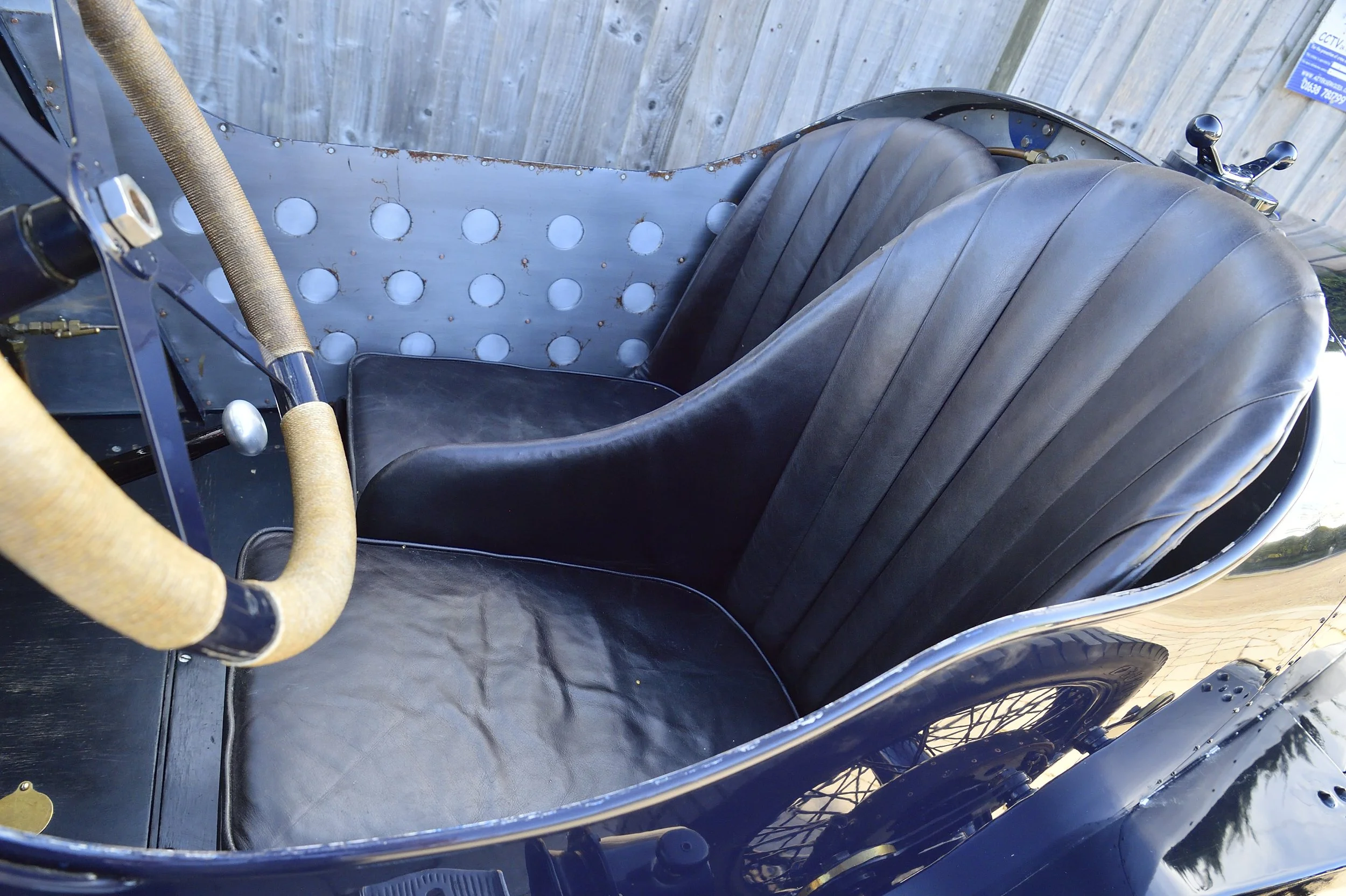

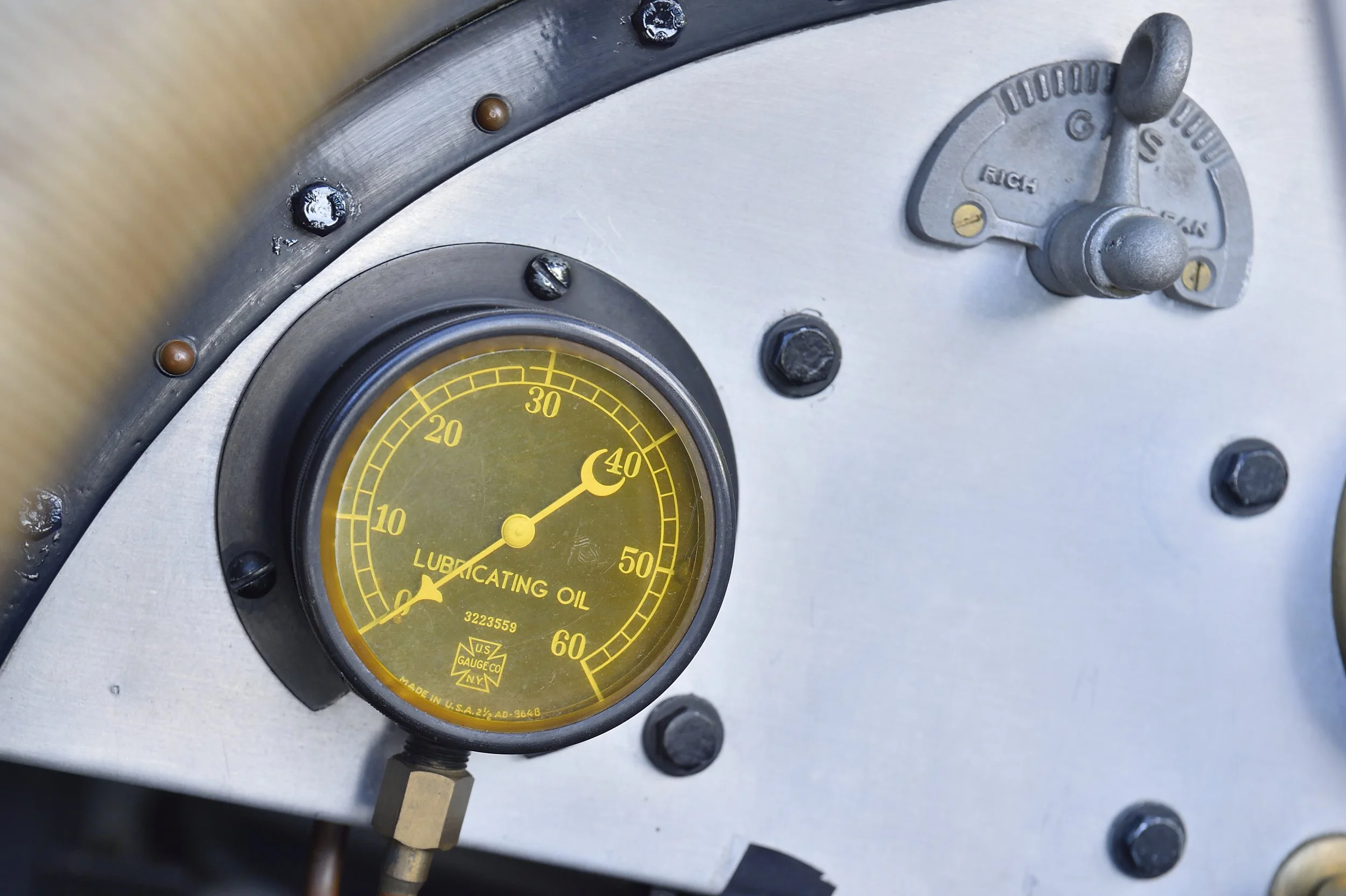
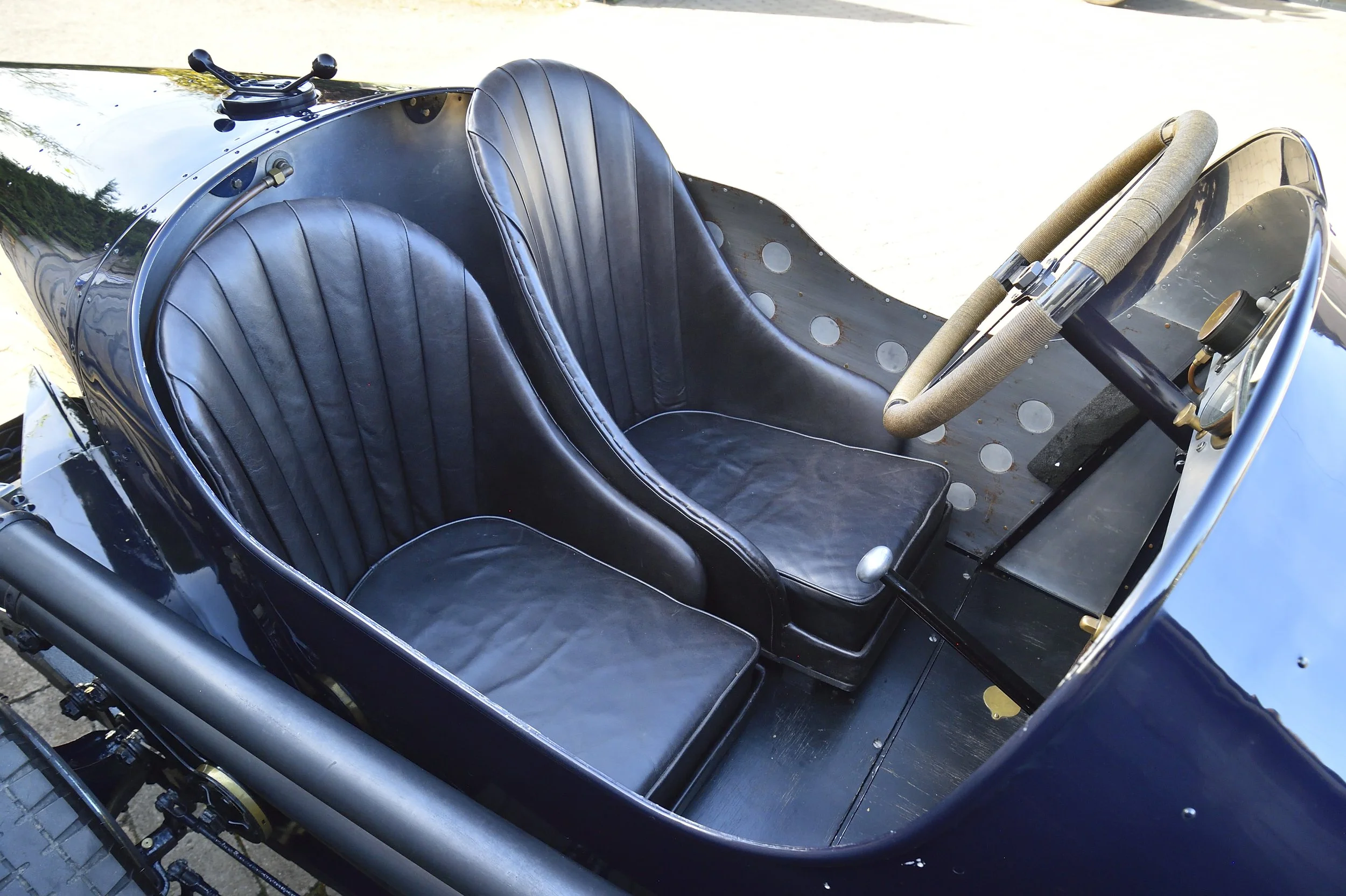

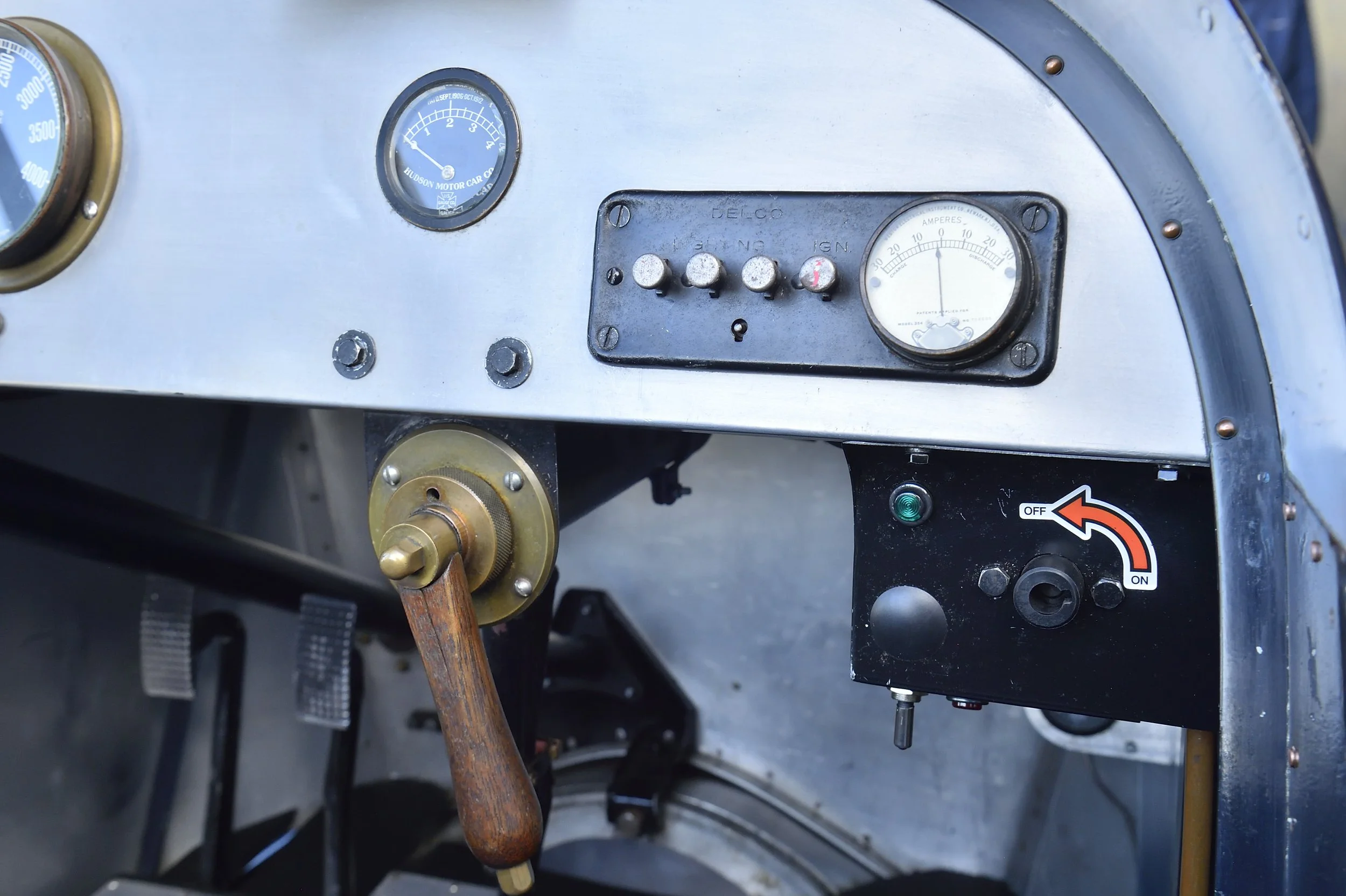

Registration No. BF 7232
Chassis No. H91502
The competitive use of and enthusiasm for pre–World War I (Edwardian) racing cars has undoubtedly never been stronger. Thanks to the efforts of Goodwood in putting on the SF Edge race for these cars at the annual Members Meeting and the Vintage Sports Car Club for their exceptional program of races, sprints and hillclimbs.
You only have to be lucky enough to get behind the wheel of a fast Edwardian to understand why, with their powerful and torquey engines, light, high-geared and accurate steering, surprisingly nimble handling they are incredibly enjoyable and rewarding to drive.
Sadly there are only a handful of genuinely original powerful competition Edwardian cars left worldwide and these are quite rightly highly prized and as such hugely valuable. On the next rung below these in the desirability stakes are tool room copies of period racing cars painstakingly made from original parts, making one of these to the same standard as the original represents an enormous outlay both in money and in time, that is presuming one is lucky enough to find the right original bits to build such a car in the first place. Arguably the best of these exact tool room copies yet built is the Hudson Super Six racer offered here.
In 1916 the Hudson 'Super Six', was launched, with 76bhp on tap as standard, the Super Six possessed a performance demonstrably superior to that of many six-cylinder rivals costing far more. The key to this 4.7-litre engine’s success and tuneability was its properly counterbalanced crankshaft a first on a production 6-cylinder engine which allowed it to get past vibration problems previously experienced in six’s and to rev properly at last releasing the performance potential of this engine layout. This coupled with a sturdy yet relatively light chassis, nicely made steering and a very easy to use gearbox, all made from superb quality materials, as always with Hudsons of this period.
It did not take the racing fraternity long to spot the racing potential in the Super Six, Ralph Mulford was timed at 105 mph with a lightly bodied but mechanically standard example and embarked on a program of record breaking with the car which included breaking records for 24-hours, crossing of the US and Pikes Peak.
This was not lost on Hudson themselves who bult there own special Works racing version for 1917 this had a modified cylinder head, larger valves, pressure fed lubrication instead of the standard splash feed, twin carburettors, multi-branch exhaust system, additional oil tank, light weight pistons, improved connecting rods and many other detail improvements to the engine.
The chassis was shortened by 20 inches, weight was reduced throughout, a lightweight aluminium body was fitted with streamlined undertray, wire wheels, Hartford shock absorbers fitted and much further detail work to the running gear.
Three of these cars ran as a works team but only until halfway through 1917 when the demands of WW1 production were such that the cars were given to their drivers Mulford, Patterson and Vail to campaign themselves with discreet factory assistance.
The results were spectacular the Hudsons finishing strongly virtually anywhere they competed, only being beaten by the very quickest of the purpose built racing twin-cam Peugeots and Duesenbergs, with for example Vail coming second in the 1917 Indianapolis 250 (replacing the 500 during hostilities) at an average speed of 101.3, the cars would continue to do well in American racing throughout the 1920s.
Today there are several replicas of these racing Hudson but almost all are merely pastiches, the car we proudly offer here is the only one where the necessary commitment was made both in time and money to make this perfect copy look and go exactly like the original Hudson Works Racing Cars.
The beginning of this project was when car connoisseur, co-founder of CAR magazine and former publisher of The Automobile magazine Douglas Blain, seeing the potential in Edwardian racing for a Hudson, purchased a complete but derelict 1917 Super Six from the Old Rhinebeck Air Museum in Upstate New York. Douglas had the car shipped over to the UK, dismantled and had noted fabricator Gino Hoskins shorten the chassis to the correct length for a works racing car.
Little more was done to the car until purchased from Douglas by founder of our sister restoration company, Ian Polson. Ian is a great fan of Edwardian competition cars and had been lucky enough to work on many of these cars over the years, foremost amongst these was the 1916 Indianapolis Sunbeam arguably the ultimate Edwardian racing car which he fully restored for the then owner in the 1980s. Recognizing that a properly built Hudson racer would be if not quite in the same league as the Sunbeam, not far off Ian was hugely enthused with the potential of the project and begun an enormous amount of research in order to get the build absolutely correct in every detail
Due to commitments with customer projects progress was slow on the Hudson until a deal was done with Hugh Mackintosh for him to buy the project and have IS Polson restore it, between Ian, Hugh and the team at IS Polson no stone was left un-turned in the drive for the most accurate build possible. New racing heads were designed and cast in conjunction with the Collins family, new gearbox gears were designed and made to give much closer ratios for competition, the world was scoured for original parts, with correct instruments and even original type competition seats being found. Contact was made with the Samsung museum in South Korea where the only surviving original resides to get as much information as possible from this car.
Utilizing the new cylinder head the engine was rebuilt with a higher lift cam designed by Peter Lings, Arrow Connecting Rods, new forged pistons, the competition twin carb set up was replicated using original carburetors, an oil pump was added as with the original cars and throughout the engine everything was done to ensure it worked as well as the original Works cars. An enormous amount of research was done to get the body shape and construction correct- expertly crafted by Killick.
Road registered and fitted with a self-starter and dynamo, the finished article had most impressive performance whilst being a tractable and most enjoyable road car. Its qualities were well illustrated in a 6-page article in The Automobile magazine in 2017.
In competition Hugh Mackintosh won his class on numerous occasions in the car being timed at 108 mph at 3500 rpm on one occasions with more to come given a long enough straight, our own John Polson came 4th overall in the SF Edge race with the car when fresh out of the box and far from fully sorted, John regards it as the fastest and easiest to drive Edwardian racing car he has ever encountered.
Passing into the current owners hands in2018 he had been on the lookout for the right Edwardian racer for some time but none he encountered matched his high standards, until he saw the Hudson. Whilst in his hands the car has been used enthusiastically in VSCC sprints, hillclimbs and races, venturing as far afield as the Vernasca Silver Flag hillclimb, whilst also being enjoyed on the road. The Hudson has always been invited to Goodwood for the SF Edge race whilst in the ownership of both the current and previous owner. It is offered with a tailor made car cover, sundry running spares and two freshly rebuilt spare wheels with good tyres fitted.
The car offered here will present the fortunate new owner with an Edwardian racing car of exceptional quality, performance and appearance. Which with a committed driver is a podium contender amongst even the very quickest Edwardian racing cars, or for a less committed driver would represent an enormously enjoyable competition and road car, whilst being just a joy to own and behold.
